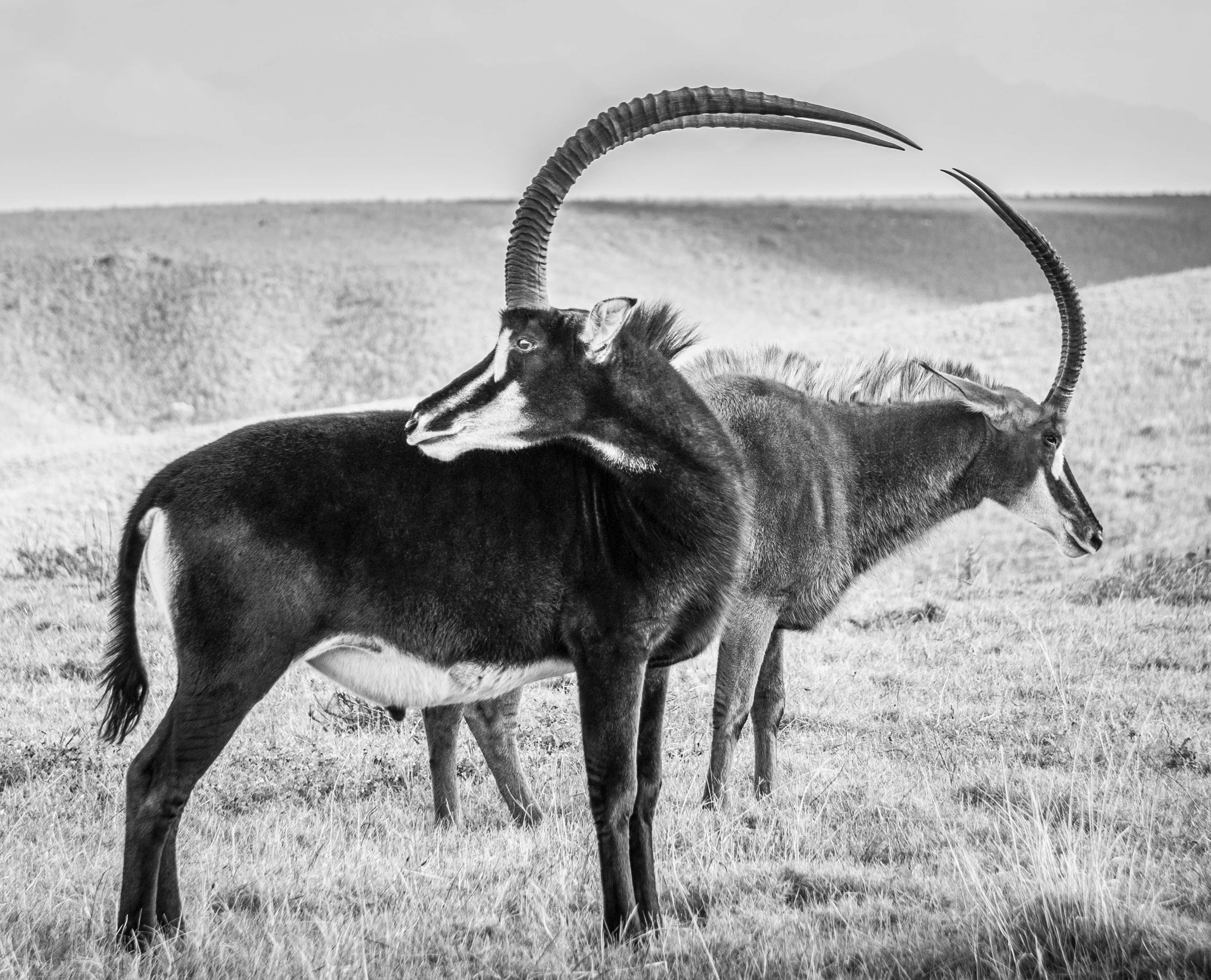In their latest Brief but Spectacular insert, PBS caught up with photographer Ken Van Sickle to get his take on what’s happened to photography now that everyone is taking pictures.
“What a great photographer does is, they are consistently able to make something in a style that is personal to themselves.” – Ken Van Sickle
When photographer Ken Van Sickle was 23 and living in Paris, he could barely afford rolls of film. One night, hearing that jazz great Chet Baker was playing, he went and took only two pictures, and one was blurry the other was a great picture. So the question is, what’s happened to photography now that everyone has the technology to take as many pictures as they like? Van Sickle offers his Brief But Spectacular take on the subject to PBS News.
“Technology doesn’t change the way photography is, it just makes it available to more people.” – Ken Van Sickle
Out of interest, if you’d like to know more about Ken Van Sickle we’ve included his photography bio below. Shared via PhotoArts.com, you can also see more of his work here.
KENNETH VAN SICKLE | PHOTOGRAPHY BIO
I was born in 1932, in New Brunswick, New Jersey, on a farm where my grandfather grew vegetables, flowers and small trees.
I was fascinated by the still and movie cameras that my parents and their friends used to record their children, their weekend activities, a car wreck, anything that caught their interest. When I looked at the photos and movies it was magic, and they would occasionally let me take a “snap”.
My grandfather had studied art and taught me the basics of drawing, painting and composition before my teens, I continued to draw and paint and aspired to be a painter. I studied drawing and painting at the Art Students League for two years, one of my teachers was George Grosz.
I was drafted in 1953 and went to Korea, I had been shooting with a cheap 35 mm. Bolsey camera, when I saw a used Leica 3c on sale at an Army P.X. I bought it, along with a 35 mm. Lens.
In the 9 months I spent in Korea I took about 30 rolls of colour film, getting back those little packs of slides from Kodak became the highpoint of my days, I then began to take photography more seriously. In 1955 I went to Paris to study painting (thanks to the G.I, bill) I studied with Andre L’Hote, later I discovered that Cartier Bresson and Andre Kertesz had studied with him as well.
At this point I carried my Leica everywhere photographing the city and the expatriates and Bohemians that I befriended in that lovely city. One day a painter friend and I were sitting in the Luxembourg gardens sketching, I showed him the drawing I had just done, he paused a few moments in thought and said (paraphrase) “Frankly I find your art work to be superficial, on the other hand I think your photos are exceptional”. I didn’t need to consider this for long to realize that that it was true, and at that point I became a photographer.
I returned to New York City with the idea of making a lot of money as a commercial still photographer so that I could return to live and work in Paris, I worked for four or five years doing pharmaceutical, record cover and magazine photography. I was never really satisfied with the conditions or the results of this work, and the doing of it seemed to impair my ability in fine art photography.
In 1962 I began working in the film industry, it was very open then so I was able to work my way up from carrying lights to Director of Photography in six or seven years. I shot industrials, documentaries, commercials and feature films for the next twenty-five years, traveling to many countries throughout the world on film assignments, I never went anywhere without my Leica.
I almost exclusively took photos in black and white in natural light, of unposed subjects
In 1964 and for several years I combined painting with photographs. In 1986 and for about six years I made only double and triple exposures. Beginning in 1990 I began, and have periodically made, pinhole photos. In 1999 I began and have continued to make abstract photos of coloured light patterns. In 2005 I began making infrared color photos.
*Ken Van Sickle’s Paris 1955 photos are available as contemporary prints (and selected vintage prints). For further information contact PhotoArts – [PhotoArts.com]









